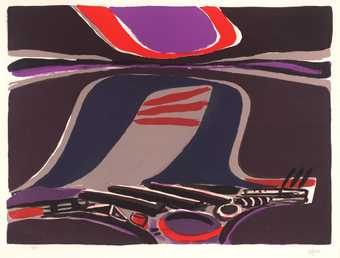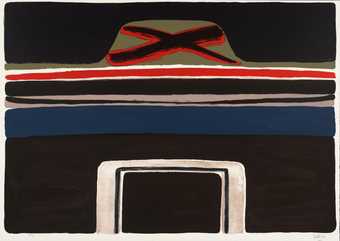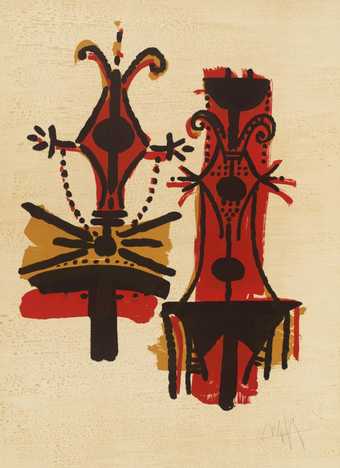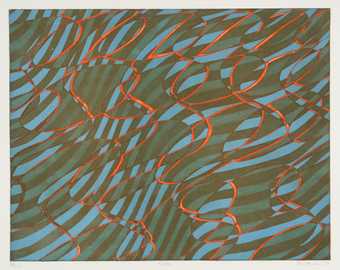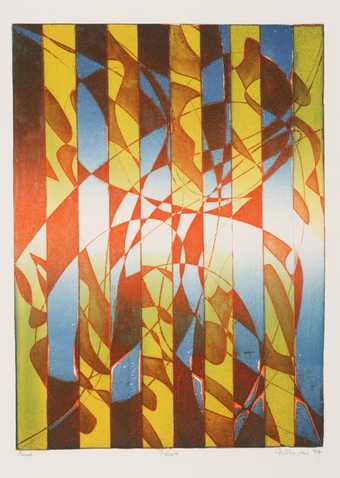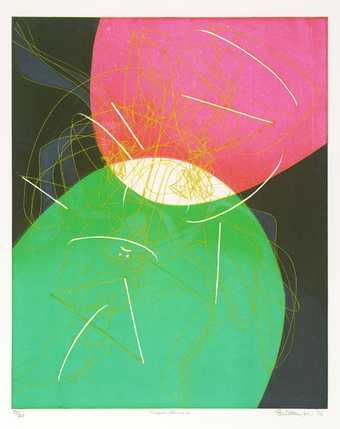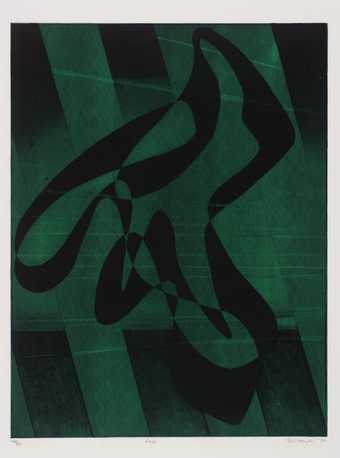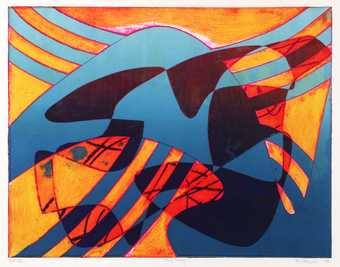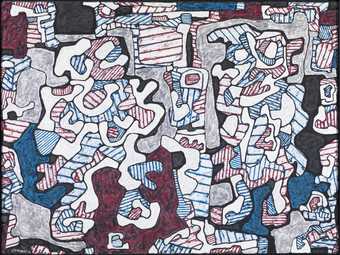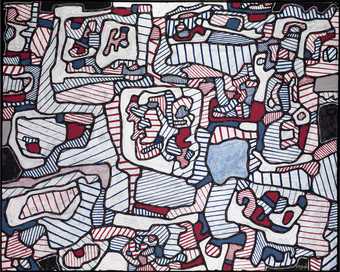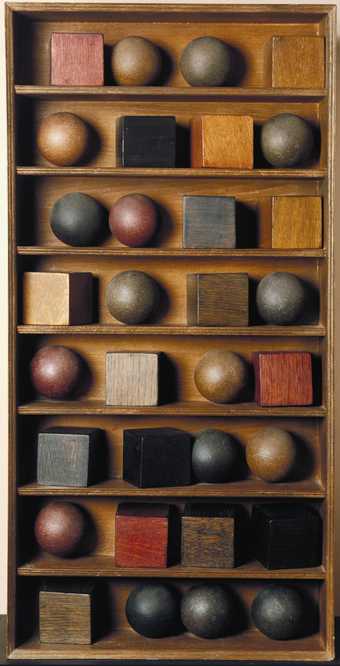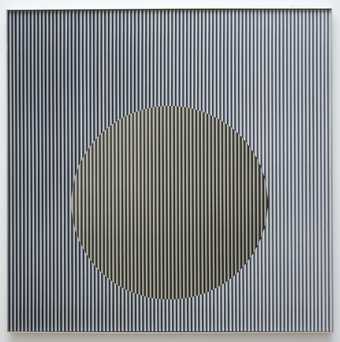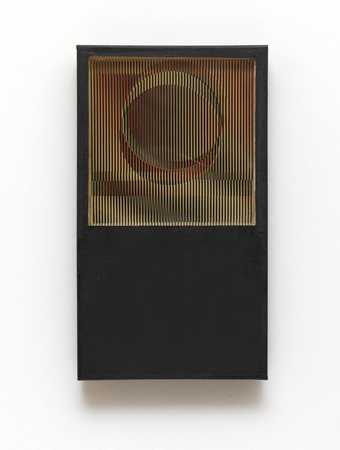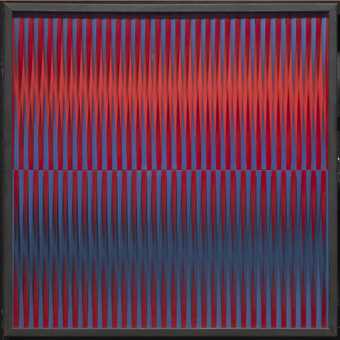Not on display
- Artist
- Pol Bury 1922–2005
- Original title
- 3069 Points blancs sur un fond oval
- Medium
- Wood, nylon and motor
- Dimensions
- Object: 673 × 1206 × 254 mm
- Collection
- Tate
- Acquisition
- Purchased 1967
- Reference
- T00918
Display caption
Gallery label, May 2003
Does this text contain inaccurate information or language that you feel we should improve or change? We would like to hear from you.
Catalogue entry
T00918 3069 Points blancs sur un Fond oval (3069 White Dots on an Oval Ground) 1966
Inscribed '3069 Points Blancs | Pol Bury' on the back
Motorized construction of acrylic-tipped nylon filaments in oval wood panel, 26 1/2 x 47 1/2 x 10 (67 x 121 x 25)
Purchased from the artist through Kasmin Ltd. (Grant-in-Aid) 1967
Exh: Pol Bury, Kasmin Ltd., London, April-May 1967 (works not listed)
Repr: Arts Review, XIX, 22 July 1967, p.266; Michael Compton, Optical and Kinetic Art (London 1967), pl.31 in colour
Pol Bury first became fascinated by the movement of dots in 1958-9 and began by making 'Elastic Punctuations' and 'Luminous Punctuations'. The former consisted of a supple sheet of rubber stretched on a frame and prodded from behind here and there to create strangely organic and moving nodule-like swellings. The 'Luminous Punctuations' were usually produced by piercing a black plane with a constellation of little holes, and making another black plane which had scattered small white dots on it move slowly behind it, so that the spectator only glimpses them momentarily.
The present work is one of his so-called 'Erectile Punctuations', characterised by clusters of soft or stiff elements moving intermittently in front of a plain surface; the tips of the stems are picked out by white dots. Works of this type were first exhibited in his one-man show at the Galerie Smith in Brussels in 1961.
Bury confirmed that the number 3069 is accurate, as the holes were counted at the time of fabrication (letter of 29 May 1978).
Published in:
Ronald Alley, Catalogue of the Tate Gallery's Collection of Modern Art other than Works by British Artists, Tate Gallery and Sotheby Parke-Bernet, London 1981, pp.87-8, reproduced p.87
Explore
- abstraction(8,615)
-
- non-representational(6,161)
-
- colour(2,481)
- irregular forms(2,007)
You might like
-
Pierre Celice Marine
1971 -
Pierre Celice Marine IV
1971 -
Wifredo Lam [no title]
1975–6 -
Stanley William Hayter Ripple
1970 -
Stanley William Hayter Pillars
1974 -
Stanley William Hayter Cirque Chinois
1976 -
Stanley William Hayter Loop
1978 -
Stanley William Hayter Hang Glider
1979 -
Jean Dubuffet Nimble Free Hand to the Rescue
1964 -
Jean Dubuffet Site Inhabited by Objects
1965 -
Pol Bury 16 Balls, 16 Cubes in 8 Rows
1966 -
Gerhard von Graevenitz 5 Black Rectangles on White
1973 -
Carlos Cruz-Diez Physichromie No. 113
1963, reconstructed 1976 -
Carlos Cruz-Diez Physichromie No. 123
1964 -
Walter Leblanc Mobilo Static
1960


